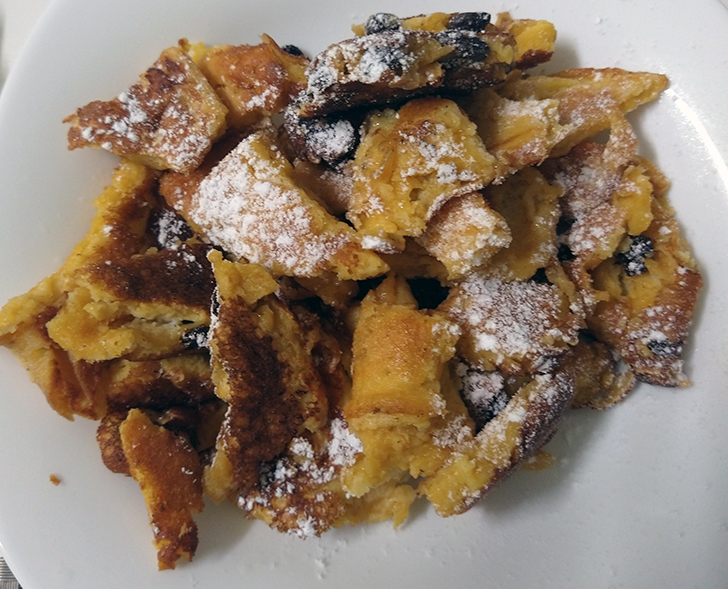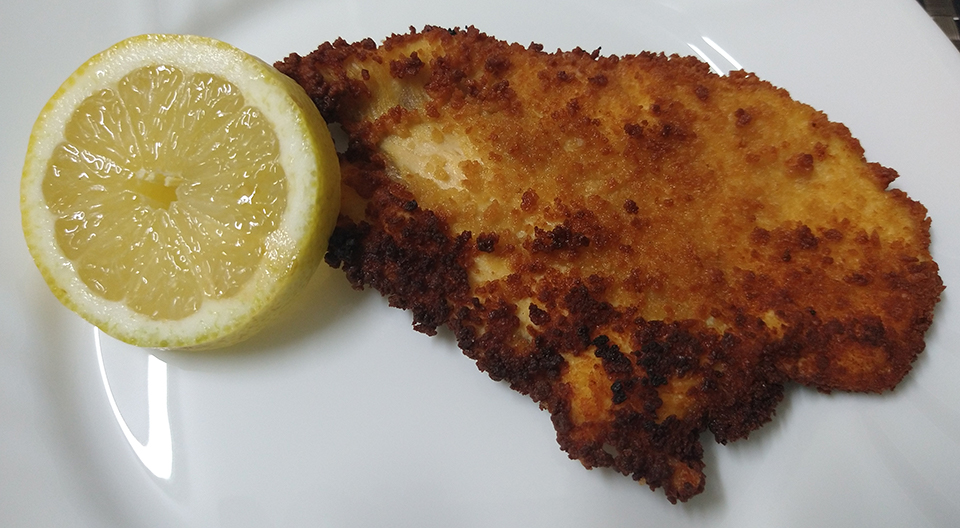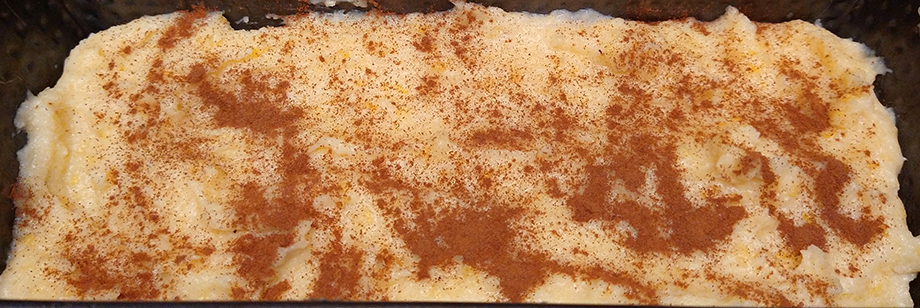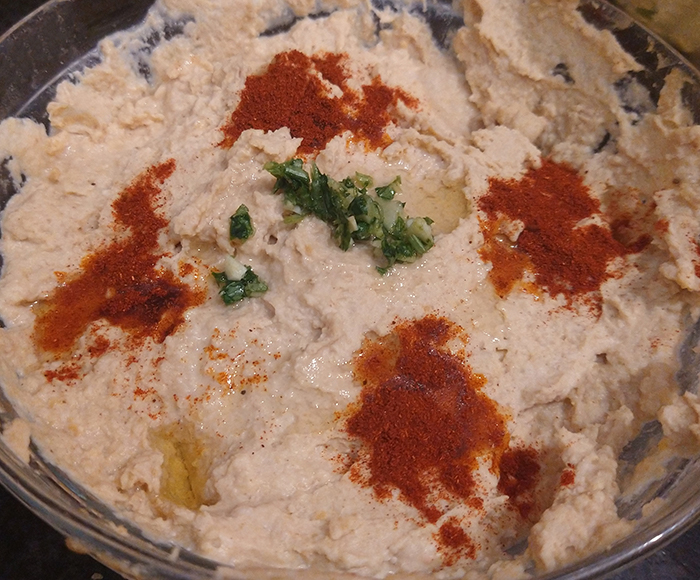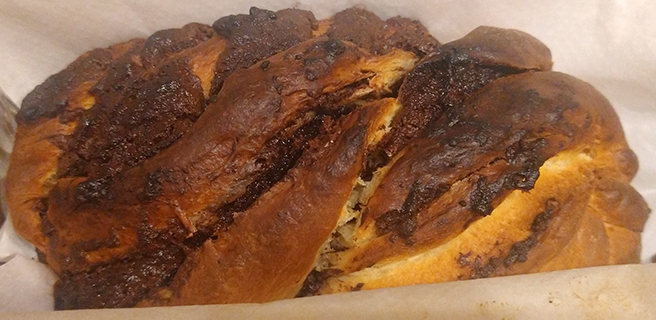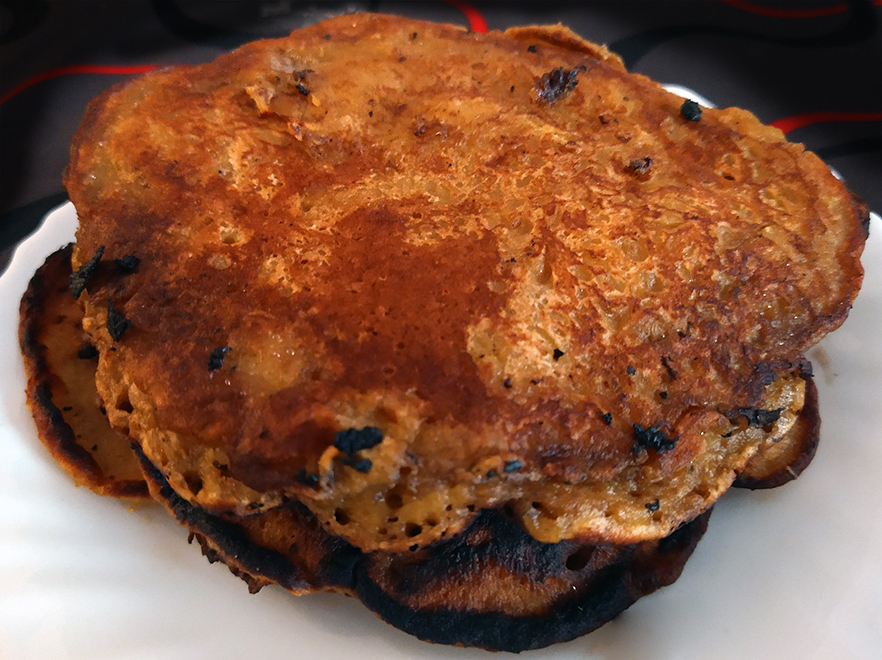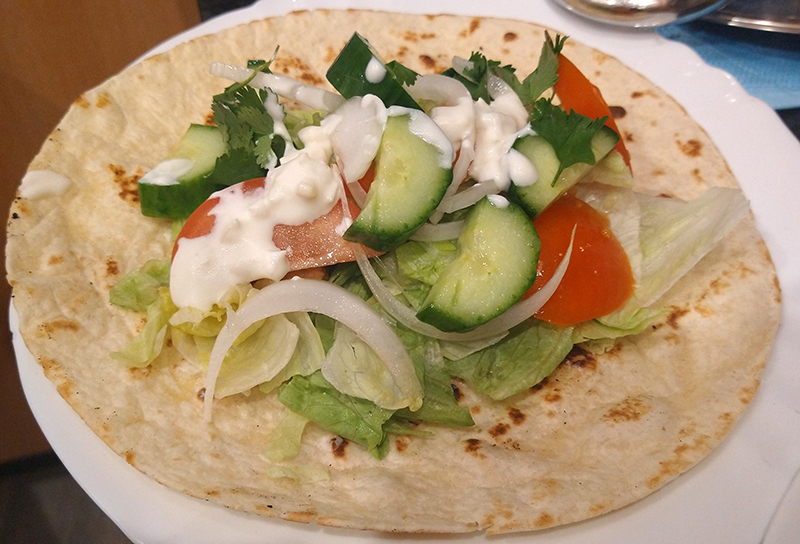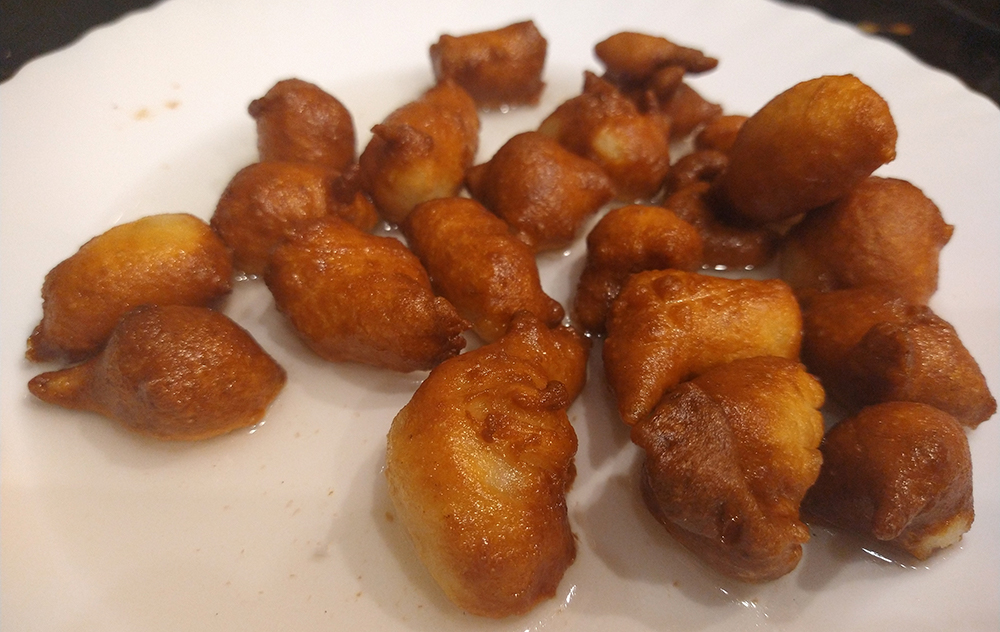Last week, we organized at ESADE the socioeconomic impact projects for ATTRACT. The main message from the workshop is the need for researchers to experiment and try other methods for impact evaluation, beyond traditional measures.
In line with this, let me go through some interesting articles I have read in the past weeks.
Entrepreneurial experimentation: a key function in systems of innovation – during the ATTRACT workshop, one of the core propositions is that we can systematize serendipity to turn ideas into impactful solutions. Digging deeper, the perception of serendipity arising can just be the side effect of extensive experimentation by entrepreneurs. The successful experiments are the ones that seem like serendipity.
Why the agile mindset matters – agile is one of those terms that are thrown around everywhere. Agile mindset was characterized by the following: learning spirit, collaborative exchange, empowered self-guidance and customer co-creation.
Reconceptualizing Imitation: Implications for Dynamic Capabilities, Innovation, and Competitive Advantage – questioning the current assumptions on imitation:
- imitation is easy (vs. imitation is hard)
- weak firms imitate (vs. strong firms imitate)
- uncertainty promotes imitation (vs. uncertainty hinders imitation)
- there is only one imitation strategy (vs. many imitation strategies)
Structuring the Start-up: How Coordination Emerges in Start-ups through Learning Sequencing – by following five startups over 2 years, the study finds how coordination emerges through the following learning sequence: anticipatory learning (anticipate early coordination problems), vicarious learning (copying ideas and practices from other startups), experimental learning (rolling out new mechanisms and scaling them up when successful), and trial-and-error learning (combine different coordination mechanisms and simplifying them).
Tradition as a resource: Robust and radical interpretations of operatic tradition in the Italian opera industry, 1989–2011 – a cool study of how reinterpretations of Italian opera affect ticket sales. The authors distinguish between different forms of interpretations. Robust interpretation involves preserving the most familiar aspects of a tradition but changing features like time/location. On the other hand, radiccal interpretation means modifying the core features such as altering the dramatic composition. The study finds that season-ticket holders are more likely to enjoy robust interpretations, while single-ticket holders are more likely to enjoy radical interpretations.

